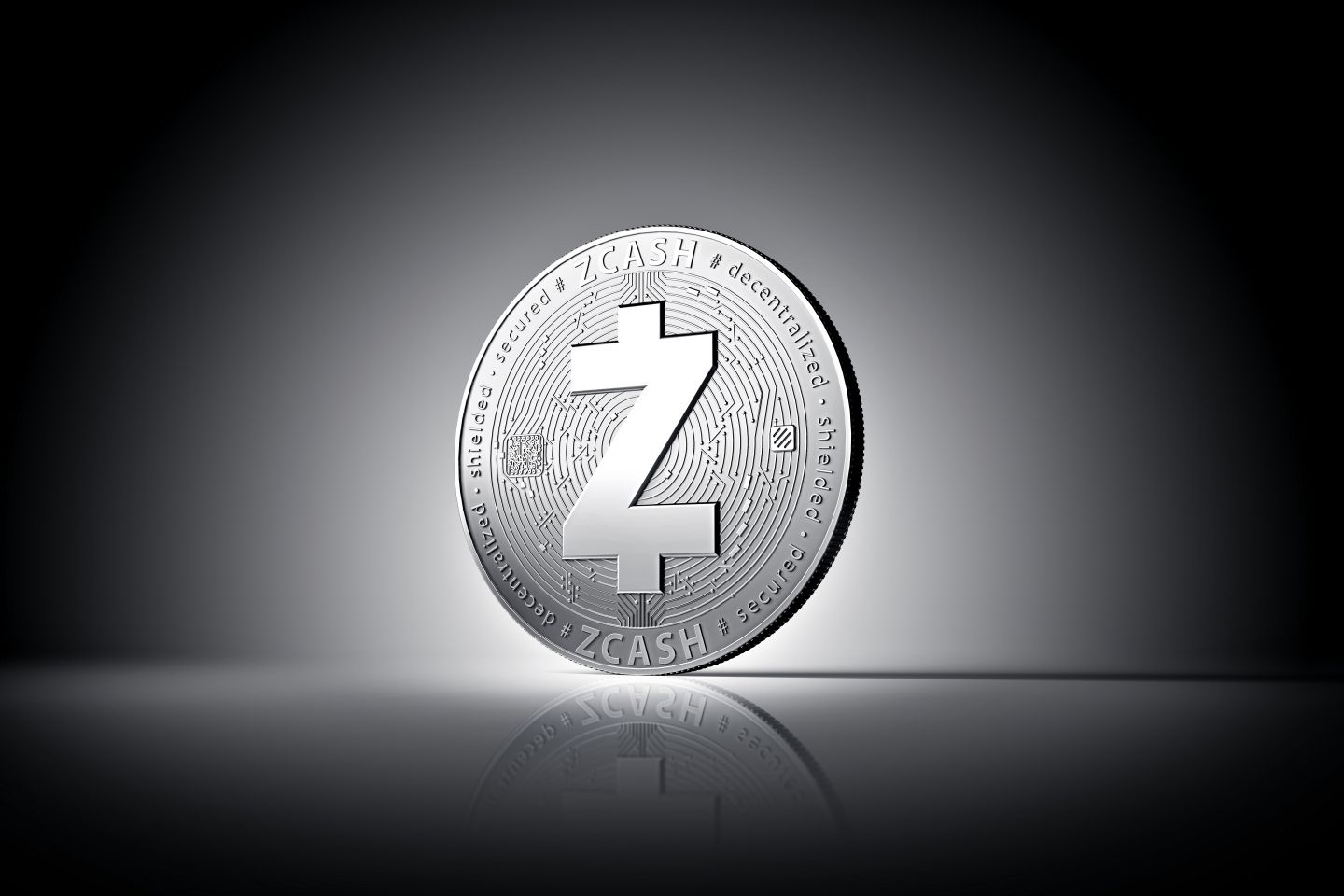Zcash price prediction: Third-party outlook
Zcash (ZEC) trades at $328.81 as of 4:25pm UTC on 30 October 2025, after moving between an intraday low of $312.90 and a high of $365.26 on the Capital.com feed.
The price sits near the mid-point of the session range, following a rally that brought ZEC close to multi-month highs. The move was accompanied by strong trading volumes. Past performance is not a reliable indicator of future results.
As of 30 October 2025, Zcash price action reflects renewed interest in shielded transactions and privacy technology, with over 4.9 million ZEC transferred through shielded pools – a milestone highlighting elevated on-chain activity and institutional involvement (ForkLog, 30 October 2025).
Zcash price prediction 2025-2030: Analyst price target view
CoinStats (aggregated analyst consensus)
CoinStats’ latest consensus sets the average ZEC price target at $317.74 for 2025, with forecasts ranging from $155.00 to $526.61. The projections draw on technical and sentiment models underpinned by privacy adoption trends and market volatility (CoinStats, 26 October 2025).
Flitpay (independent research note)
Flitpay’s 2025 forecast places ZEC’s average at $193.91, between a $159.41 low and $216.53 high, based on its analyst model. The report highlights institutional interest and privacy-focused technology adoption as key drivers (Flitpay, 24 October 2025).
Weex (market review)
Weex’s review cites DigitalCoinPrice at $388, PricePrediction at $177–$194, and Telegaon at $155–$236 for 2025. These estimates rest on varying assumptions around adoption rates and regulatory developments (Weex, 27 October 2025).
Changelly (crypto forecast)
Changelly’s October 2025 prediction expects ZEC to trade between $328.69 and $336.73 for the month, with an estimated -2.1% potential return. Contributors note high volatility and macro-driven sentiment (Changelly, 29 October 2025).
CoinCodex (quantitative model)
CoinCodex’s technical model sets an upper-bound target of $543.74, with a projected intrayear range of $358.10–$624.75, based on historical volatility, sentiment, and on-chain metrics (CoinCodex, 30 October 2025).
Analyst forecasts and predictions are often inaccurate. Past performance is not a reliable indicator of future results.
ZEC price: Technical overview
ZEC/USD trades at $328.81 as of 4:25pm UTC, well above its 20/50/100/200-day simple moving averages (~269 / 162 / 101 / 72), maintaining a firm uptrend. The 20-over-50 alignment remains intact, and short-term EMAs exceed SMAs by more than 3%, indicating continued momentum. The 14-day RSI is 66.43 (upper-neutral), while the ADX(14) at 54.48 confirms a strong trend.
On the upside, Classic R1 at 341 is the first level to watch, with R2 at 374 in view if price closes higher. Support lies at the Classic Pivot (63), followed by the 100-day SMA at 101. A daily close below could expose S1 at 49 (TradingView, 30 October 2025).
This analysis is for informational purposes only and does not constitute financial advice or a recommendation to trade.
Zcash coin price history
Over the past two years, Zcash (ZEC) has shifted from subdued trading to significant gains. After staying below $30 for most of 2023 and early 2024, ZEC gained momentum in the second half of 2024, surpassing $100 by early autumn 2025 as interest in privacy coins expanded globally.
The rally accelerated in October 2025, with ZEC climbing from $72.35 at the end of September to close at $327.97 on 30 October – a rise of over 350% in one month, and more than 1,100% above its level a year ago.
ZEC last settled at $327.97 on 30 October 2025, marking one of the year’s strongest performances and a period of notable demand and high market activity.
Past performance is not a reliable indicator of future results.
FAQ
How many Zcash coins are there?
Zcash (ZEC) has a maximum supply of 21 million coins with around 16.3 million in circulation (CoinMarketCap, 30 October 2025). New coins enter circulation through mining rewards, which decrease over time through scheduled halving events built into the network protocol.
Could Zcash’s price go up or down?
Should I invest in Zcash?
Capital.com doesn’t provide investment advice. If you’re considering trading or gaining exposure to ZEC, it’s important to understand how CFDs work and the volatility of cryptocurrency markets. Always carry out your own research and ensure you understand the risks before trading. CFDs are traded on margin – leverage amplifies both profits and losses.